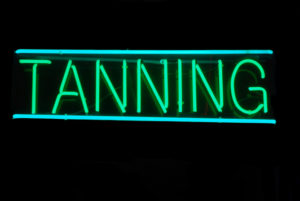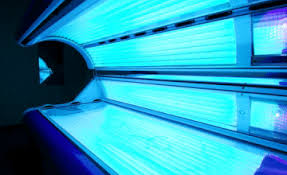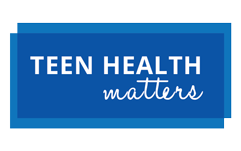
Summer is almost here-meaning trips to the beach, days at the pool, and vacations with family and friends are near! But the weather isn’t the only thing heating up this season-the great tanning bed debate is getting hot once again!
Over the years, notorious research organizations like the NIH, CDC, and ACS (American Cancer Society) have issued strong warnings about the harmful effects of tanning. Recently, however, the Indoor Tanning Association launched a campaign challenging the link between tanning and melanoma (the most deadly form of skin cancer). With these heavy hitter groups battling it out to get their information to the public, it can be hard for us to determine what information is true and what’s false.
So let’s test your savvy and debunk some of the myths about indoor tanning!
TRUE or FALSE? Indoor tanning doesn’t cause melanoma.
False.
Tanning companies may try to convince you that there is conflicting evidence regarding indoor tanning and skin cancer; however, research has found an indisputable link between UV exposure and melanoma. Whether from the sun or indoor tanning, too much exposure to UV radiation increased a person’s risk for melanoma substantially. In fact, multiple studies have found that the use of tanning beds alone, before the age of 35, increased the risk of melanoma by 75%!
TRUE or FALSE? You need sunlight to get enough Vitamin D.
False.
While we can’t dispute that exposure to sunlight produces vitamin D or that it doesn’t have potential health benefits, experts suggest getting sufficient vitamin D from other sources other than UV radiation. Many foods are fortified with this vitamin such as milk, cereal, yogurt, orange juice, and even some fish such as salmon, mackerel, and tuna.
TRUE or FALSE? Tanning causes premature aging of the skin.
True.
Exposure to UV rays over time, whether indoors or outdoors, causes wrinkling of the skin and a “leathery” look. Some studies even found that UV exposure from the sun speeds the accumulation of DNA mutations in human skin that are associated with premature aging.
TRUE or FALSE? Tanned skin is healthy skin.
FALSE.
Many believe that tanning gives people a “healthy glow,” but whether tanning or burning, you’re exposing yourself to harmful UV rays that damage your skin. So much so, that every time you tan, you increase your risk of melanoma.
TRUE or FALSE? Controlled tanning is safe tanning.
False.
Tanning companies may promote the idea that indoor tanning is safe because you can control your level of exposure to UV rays. Indoor tanning, however, actually exposes you to more intense UV rays directly to your skin, placing you at an increased risk for melanoma.

Now that we’ve debunked some common myths about tanning, here are some quick tips to protect yourself from harmful UV exposure.
- Avoid tanning beds and sunlamps. Both can cause serious long-term skin damage and contribute to skin cancer.
- Cover up. When you are out in the sun, wear clothing and a wide-brimmed hat to protect as much skin as possible. Protect your eyes with sunglasses that block at least 99 percent of UV light.
- Use sunscreen with “broad spectrum” protection and a sun protection factor (SPF) of at least 30. Be sure to reapply at least every 2 hours, as well as after swimming or sweating. And always follow the directions on the label.
- Seek shade. Limit your direct exposure to the sun, especially between the hours of 10 a.m. and 4 p.m., when UV rays are strongest.

